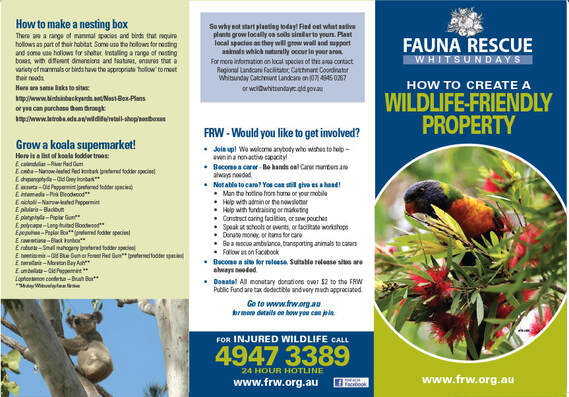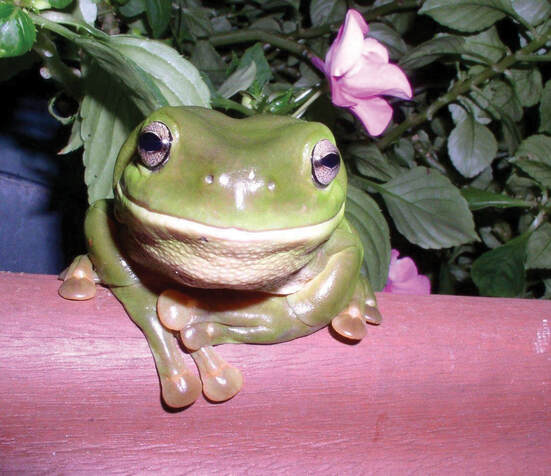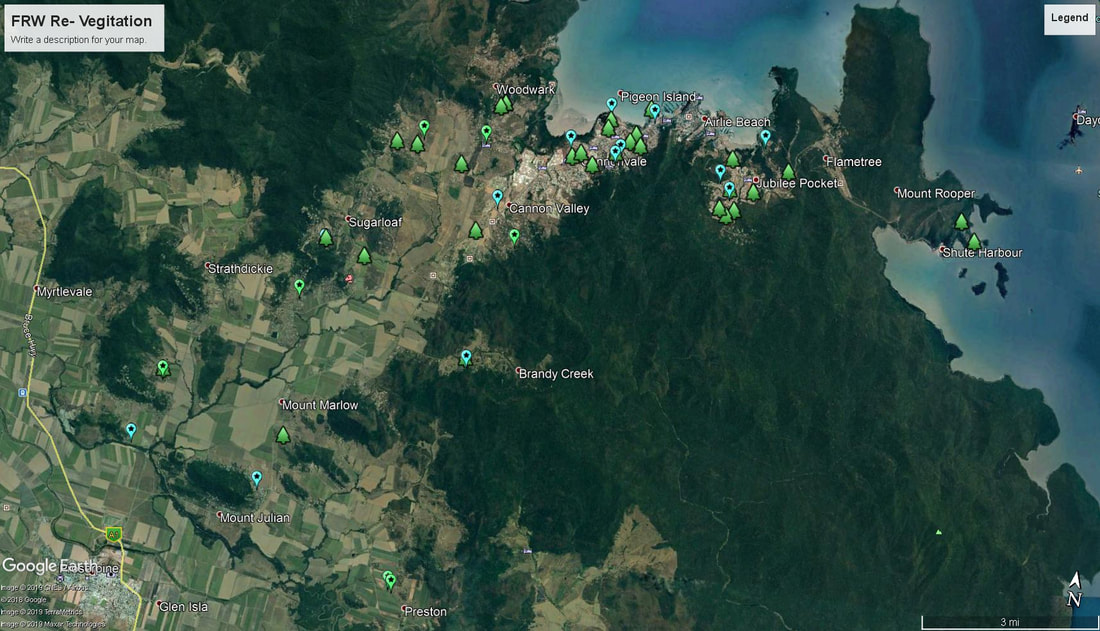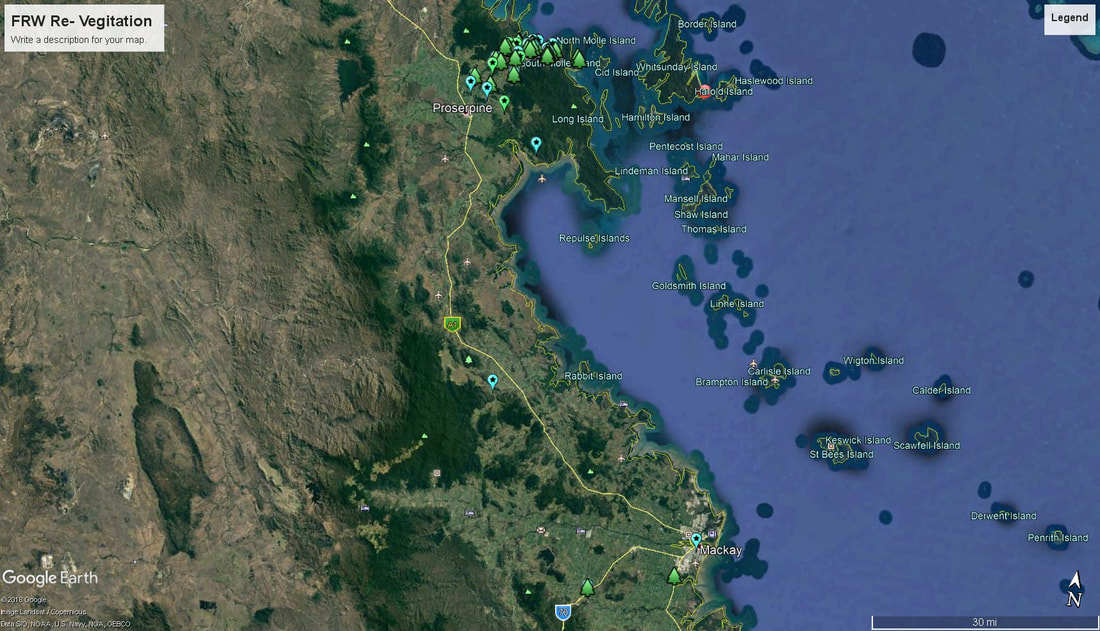Buddies in the backyard
Would you like to do more to help our little buddies in the backyard?
Here's some ideas which may make your backyard a haven for our native wildlife.
Here's some ideas which may make your backyard a haven for our native wildlife.
Our ReVegetation, ReEducation, ReNewal Project as part of the National Landcare Grant is 'flourishing' with the recent collaboration with Whitsunday Organic Community Gardens. WOCG will plant 40 bush tucker trees at the gardens on Galbraith Drive. These food trees will be accessible to our carers for food for wildlife.




